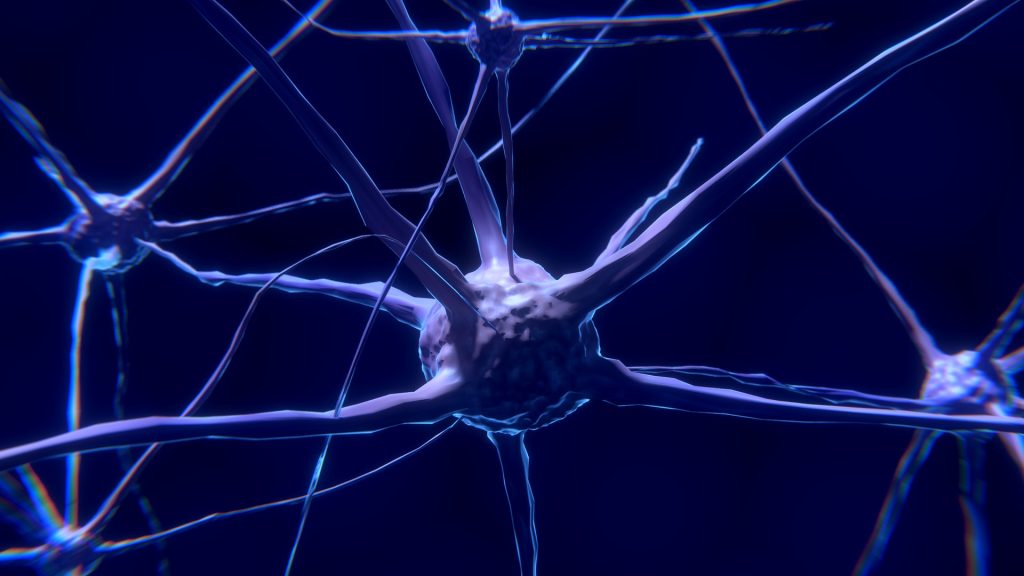
It was long thought that information travelled in a one-way direction, but a new study has revealed that information also travels in the opposite direction at a key synapse in the hippocampus, the brain region responsible for learning and memory.
Now, Peter Jonas and his group at the Institute of Science and Technology Austria (IST Austria) have demonstrated that information can also travel in the opposite direction at a key synapse in the hippocampus. At the ‘mossy fibre synapse’, the post-synaptic CA3 neuron influences the firing of the post-synaptic ‘mossy fibre neuron’. Their work was published in Nature Communications.
“We have shown, for the first time, that a retrograde information flow is physiologically relevant for pre-synaptic plasticity,” said Yuji Okamoto, a postdoc in the group of Peter Jonas at IST Austria and co-first author of the paper published in Nature Communications.
In the neuronal network, the mossy fibre synapse play a key role in information storage. Synaptic transmission is plastic, meaning that a variable amount of neurotransmitter is released into the synapse. To understand the mechanism of plasticity at work in this synapse, Okamoto precisely stimulated the pre-synaptic terminal of the mossy fibre synapse in rats and at the same time recorded electrical properties at the post-synaptic neuron. “We need to know the synapse’s exact properties—with the numerical values, eg, for its conductance—to create an exact model of this synapse. With his exact measurements, Yuji managed to obtain these numbers,” added Peter Jonas, co-corresponding author with postdoc David Vandael.
Smart teacher balances student’s workload
The researchers found that, unexpectedly, the post-synaptic neuron has an influence on plasticity in the pre-synaptic neuron. Previously the assumption was that the mossy fibre was a ‘teacher synapse’, inducing firing in the post-synaptic neuron. “Instead, we find that this synapse acts like a ‘smart teacher’, who adapts the lessons when students are overloaded with information. Similarly, the pre-synaptic mossy fibre detects when the post-synaptic neuron can’t take more information: When activity increases in the post-synaptic neuron, the pre-synaptic neuron reduces the extent of plasticity,” explained Jonas.
This finding raises the question of how the post-synaptic neuron sends information about its activity status to the pre-synaptic neuron. Pharmacological evidence suggests a role for glutamate, one of the key neurotransmitters used by neurons to send signals to other cells. Glutamate is also the transmitter released from pre-synaptic mossy fibre terminals. When calcium levels increase in the post-synaptic neuron—a sign that the neuron is active—the post-synaptic neuron may release vesicles with glutamate into the synapse. The glutamate travels back to the pre-synaptic neuron, against the usual flow of neuronal information.
“This retrograde modulation of plasticity likely helps to improve information storage in the downstream hippocampal network,” said Jonas, adding: “Once again, exact measurements have shown that reality is more complex than a simplified model would suggest.”
Source: Institute of Science and Technology Austria
Journal information: David Vandael et al. Transsynaptic modulation of presynaptic short-term plasticity in hippocampal mossy fiber synapses, Nature Communications (2021). DOI: 10.1038/s41467-021-23153-5

